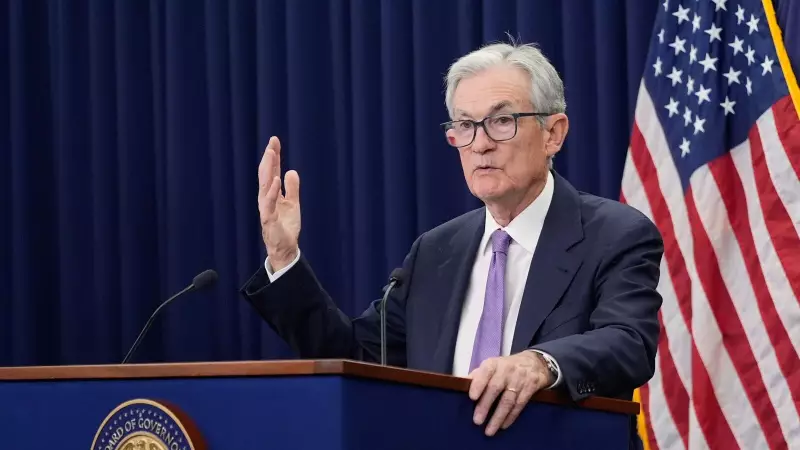
In a much-anticipated move that sent ripples across global financial markets, the US Federal Reserve has delivered its first interest rate cut of 2024, reducing the benchmark federal funds rate by 25 basis points to a target range of 3.75% to 4.00%.
Powell's Cautious Stance Amid Economic Uncertainty
Federal Reserve Chair Jerome Powell, leading the Federal Open Market Committee (FOMC), emphasized a measured approach to future monetary policy decisions. While acknowledging progress in taming inflation, Powell indicated that the central bank remains data-dependent and isn't committing to a predetermined rate-cutting path.
The decision comes amid mixed economic signals - cooling but persistent inflation, a resilient job market, and growing concerns about global economic slowdown. Powell's commentary suggested the Fed is walking a tightrope between supporting economic growth and ensuring inflation doesn't reignite.
Five Key Takeaways from the Fed Meeting
- Rate Cut Implementation: The 25 basis point reduction marks the first easing of monetary policy after an aggressive hiking cycle that saw rates climb to their highest level in decades
- Inflation Remains Key Focus: Despite the cut, the Fed reiterated its commitment to bringing inflation down to the 2% target, suggesting further moves will be gradual
- Economic Assessment: The Fed noted that economic activity continues to expand at a solid pace while job gains remain strong, though unemployment has edged up slightly
- Balance Sheet Reduction: The committee announced plans to slow the pace of its balance sheet runoff, providing additional liquidity to financial markets
- Forward Guidance: Powell emphasized that future decisions will remain "meeting by meeting," depending on incoming economic data
Implications for Indian Markets and Economy
The Fed's decision carries significant consequences for Indian investors and policymakers. The rate cut typically:
- Boosts Foreign Investment: Makes emerging markets like India more attractive for foreign portfolio investors seeking higher returns
- Strengthens Rupee: Potential dollar weakness could support the Indian currency against the US dollar
- Supports Stock Markets: Lower US rates often lead to increased FII flows into Indian equities, particularly in rate-sensitive sectors
- Influences RBI Policy: Provides the Reserve Bank of India with more flexibility in its own monetary policy decisions
Market analysts suggest that while the immediate reaction in Indian markets might be positive, much depends on the Fed's future trajectory and domestic economic conditions. The timing aligns with India's own growth challenges and inflation management efforts, creating an interesting dynamic for the months ahead.
As global investors digest this development, attention now turns to how other central banks, including the RBI, will respond in their upcoming policy meetings. The Fed's cautious optimism suggests that while the tightening cycle has paused, the path to normalizing monetary policy remains long and uncertain.





